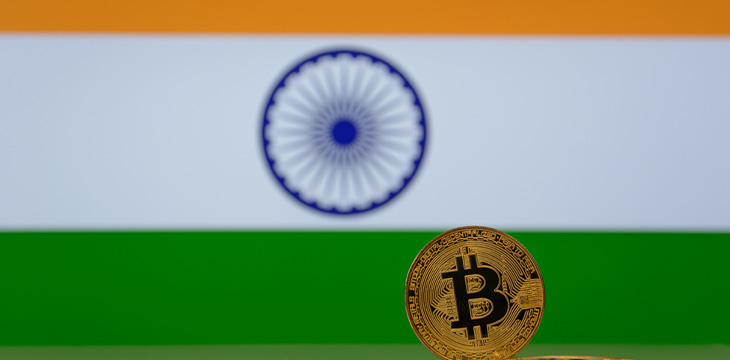|
Getting your Trinity Audio player ready...
|
India’s digital payments ecosystem is among the world’s largest and with the introduction of the e-rupee, could become the most efficient and cost-effective, Zorilla Director and CTO Mallikarjun Karra believes.
In a recent op-ed for the Economic Times, Karra delved into the facets that the Reserve Bank of India (RBI) must look into to ensure the e-rupee is a success.
Karra, who is also the BSV Blockchain Association ambassador for India, pointed out that the Asian economic giant has fully embraced digital payments. In 2022, the country’s United Payments Interface (UPI) processed over 2,300 transactions per second on the back of continued digitalization and the after-effects of the COVID-19 pandemic.
“A sovereign digital currency like the e-rupee could take things to the next level,” he noted.
India’s central bank launched the retail e-rupee pilot on December 1, a month after launching a similar pilot for the wholesale rupee. The pilot is only available to select residents in New Delhi, Mumbai, Bengaluru and Bhubaneswar. RBI is set to expand the pilot to other cities, including Hyderabad, Gangtok, Guwahati and Indore.
Karra noted that one of the key benefits of the e-rupee is that it eliminates intermediaries. Unlike other digital payment methods, the central bank digital currency (CBDC) will be direct from one user to another, cutting down the costs of funds transfer.
The e-rupee could also play a big part in cross-border payments, Karra believes. India is the world’s biggest remittance destination, a position it has held since 2008. In 2022, it received $100 billion from its overseas workers, twice the $51 billion received by China. Remittances, however, continue to be expensive for Indians and inaccessible for those in rural areas.
“With CBDCs taking off globally, the e-rupee will be needed to facilitate cross-border payments at high speed and low cost,” Karra noted.
For India to reap the full benefits of the e-rupee, the RBI must “ingeniously assemble a solution that takes the best features from all available blockchain protocols.” It must also make the digital currency available to offline devices, as over 600 million Indians have no internet access.
To learn more about central bank digital currencies and some of the design decisions that need to be considered when creating and launching it, read nChain’s CBDC playbook.
Watch: India will be the biggest blockchain nation in 5 years: IPv6 Forum’s Latif Ladid

 12-26-2025
12-26-2025 




